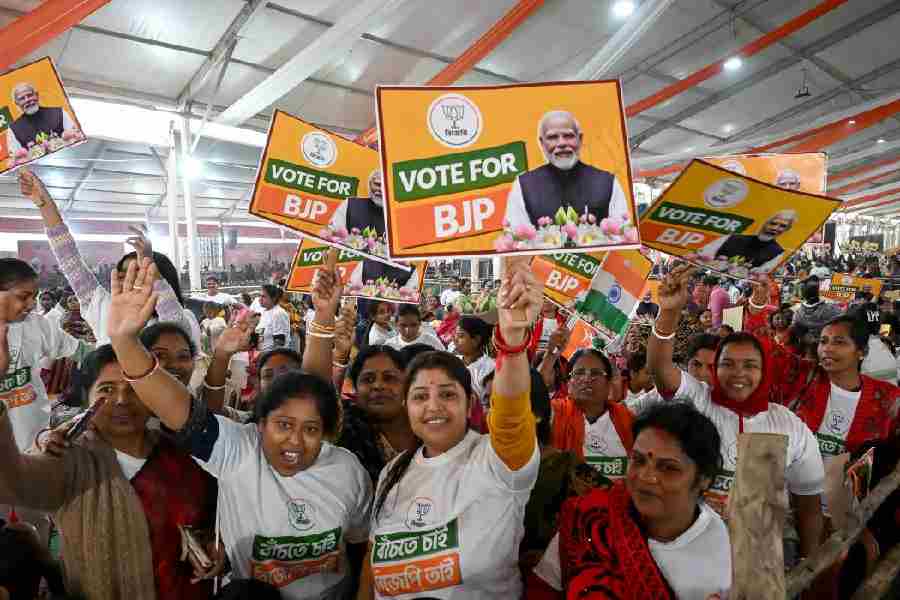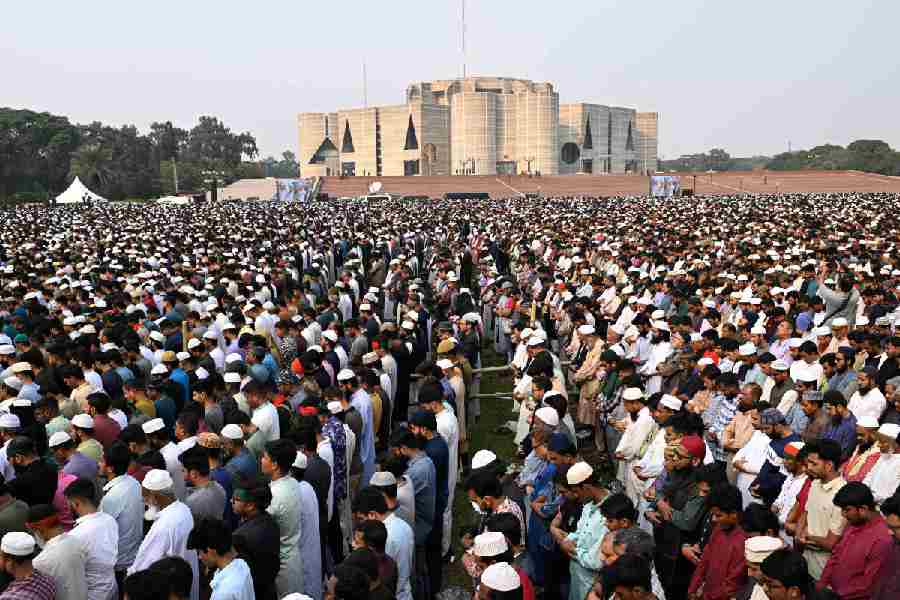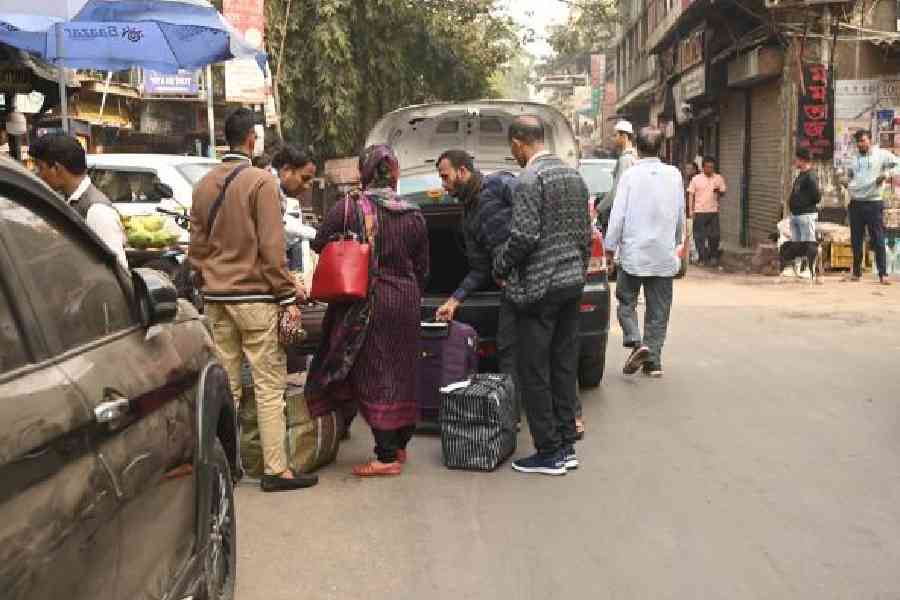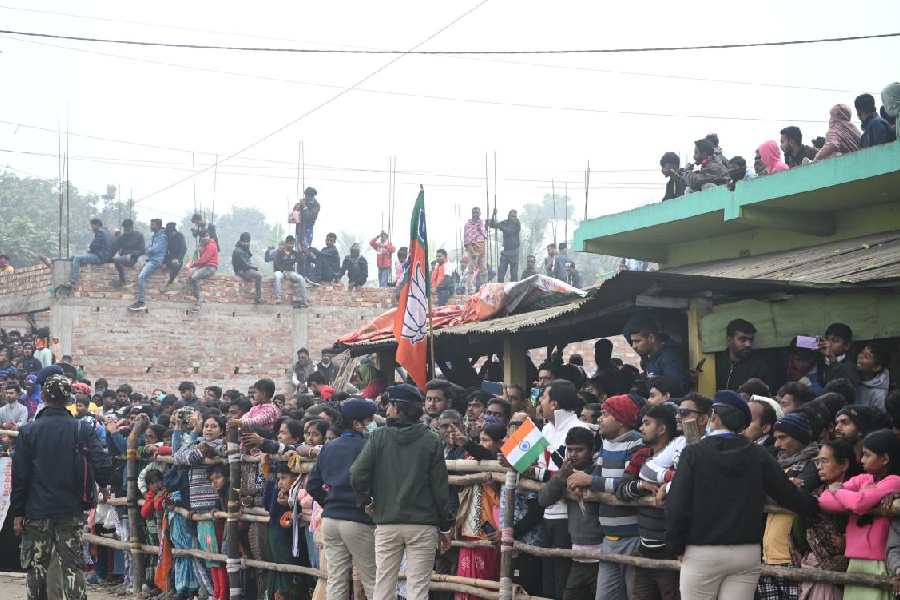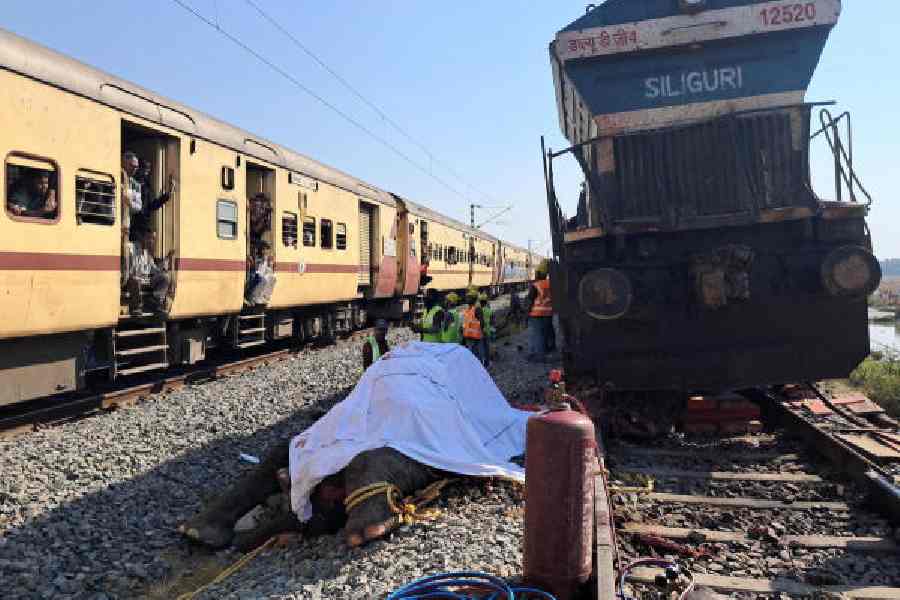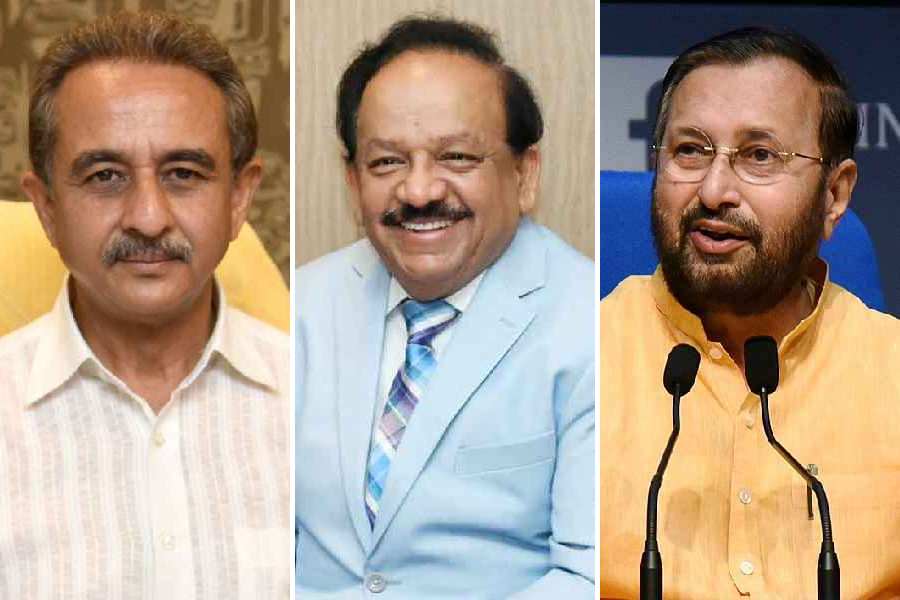Patna, Jan. 2: The double- digit growth rate of Bihar economy over the past five years has been one of the major factors which have attracted the attention of all towards the state, which was once considered to be a laggard.
The gross state domestic product (GSDP), in fact, witnessed an annualised compound growth rate of over 10 per cent per year between 2004-05 and 2009-10 on constant prices, the base year for which was 2004-05, and this growth rate was over 16 per cent on the current prices.
Very few, however, know that this growth percentage would have been higher had contribution of many sectors — the detailed accounts of which are not made available to the directorate of statistics — would have been taken into account.
Now, the planning and development department, under which the state directorate of statistics, functions has taken steps to ensure that the accounts of these sectors too are submitted in time and their contribution in the gross state domestic product is taken into account while calculating the final figures.
This step has been taken, said Jitendra Kumar Sinha, the head of directorate of statistics, in accordance with the guidelines of the Centre.
Elaborating the point, planning and development department principal secretary Vijoy Prakash said: “Till date we are not getting the updated accounts of non-government organisations (NGOs), co-operatives, funds spent on some of the centrally sponsored schemes like National Rural Health Mission (NRHM) and those of panchayati raj institutions and urban local bodies. Now, steps would be taken to get annual accounts of all these sectors so that their contribution to the GSDP could be taken into account.”
As things stand now GDP of Bihar, or for that matter any other state of India, is calculated on the basis of contribution of 13 major sectors, which have been divided into primary, secondary and tertiary sectors.
Agriculture and animal husbandry, forestry and logging, fisheries, mining and quarry have been put in primary sectors.
Manufacturing, electricity, gas and water supply have been kept in the category of secondary sectors.
Transport and communication, trade, hotel and restaurant, banking and insurance, real estate, ownership of dwellings, legal and business services, public administration and other services have been kept in the tertiary sector.
Commenting on the move, noted economist and director of Asian Development Research Institute P.P. Ghosh said this would not lead to much difference as far as calculation of gross state domestic product is concerned as the existing system of data collection must be taking care of the contribution of the sectors, whose accounts were not being made available to the planning and development department.
Sinha, however, begged to differ with this observation and said: “How can the contribution of the aforesaid sectors to the state GDP could have been taken into account without authentic information about their accounts.”
He said the gross state domestic product is defined as any production and service creation taking place within the boundary of any state which is evaluated in monetary terms every year.
“While calculating the gross state domestic product of any state, the directorate of statistics takes into account only those productions and service creations which can be substantiated with documentary proof. Hence the contribution of sectors, of which the annual audited accounts are not available, cannot come into play while calculations are being made,” added Sinha.
Reacting to the comment of another noted economist N.K. Choudhary that the said move may lead to artificial growth of gross state domestic product as the contribution of these sectors might have been calculated at the national level and taking these sectors into account there were chances of double entry of the same contribution, the head of directorate of statistics said, “The final figure of GSDP of any state is released only after due consultation with the central statistics office, which too carries out a parallel exercise of calculating the gross state domestic product of states.”
Sinha said the move, in fact, would help in getting the real picture of the economy of the state.
Bihar GSDP Data
Year GSDP on current price (Rs. Crore) GSDP on fixed prices (Rs. crore)2004-05 81,000 77,000
2005-06 1,01,000 91,000
2006-07 1,18,000 98,000
2008-09 1,45,000 1,10,000
2009-10 1,72,000 1,23,000
(Source: Directorate of Statistics, Bihar)


